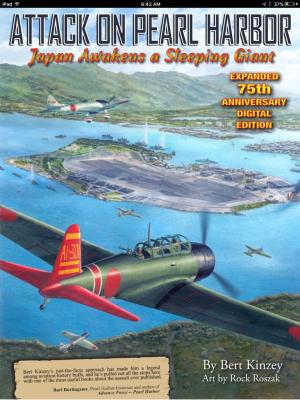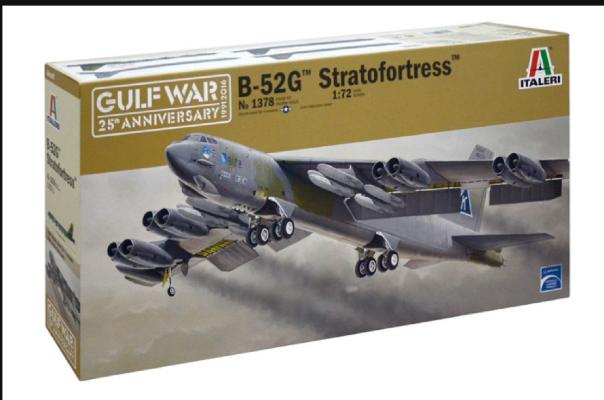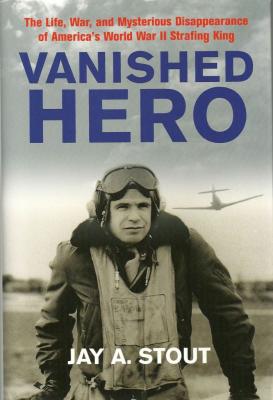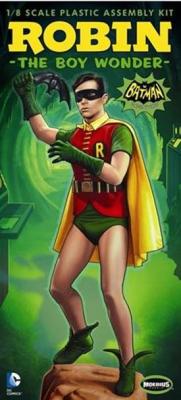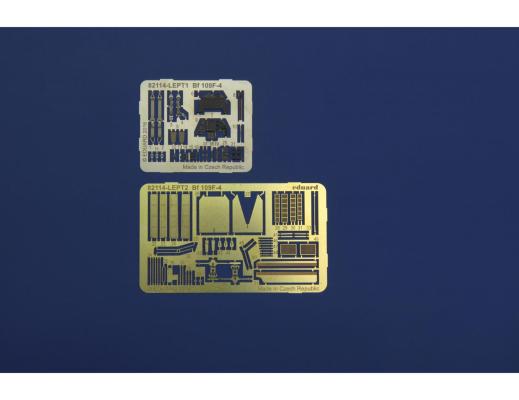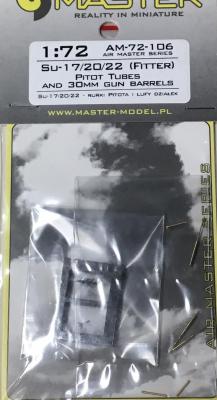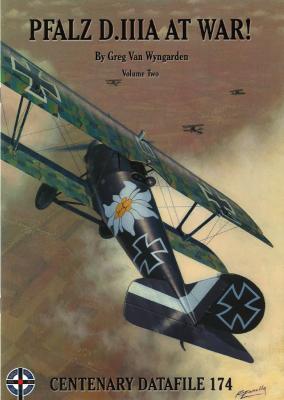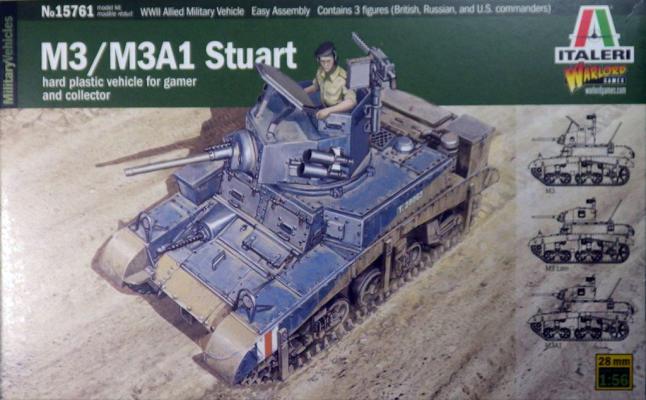Thank you to Bert Kinzey and Rock Roszak for updating and enhancing an excellent historical recounting of the Pearl Harbor attack, coinciding with the 75th anniversary year. Thank you to the IPMS Reviewer Corps for allowing me to review this updated volume. I truly appreciate the improved format, increased content, and the effective methods for researching new details and history of this world-altering event.
What's New
Up front: Sincere thanks to Italeri and their U.S. distributor, Hobbico USA, for this Boeing -Licensed model of the venerable B-52. And thanks to IPMS for sending it to review.
This book covers the military service history of Elwyn Righetti, a fighter ace and the higher strafing fighter ace from the Eight Air Force with 27 victories. In addition to that he destroyed over 600 enemy locomotives, including over 170 in just a period of 2 days!
Righetti was fascinated with aviation since an early age and learned to fly when he was young. He was a naturally gifted pilot and as such he was made an instructor after qualifying as a pilot with the USAAF. He spent most of the war in the States, training cadre after cadre of pilots. He arrived to the European Front in late 1944 and was put in charge of the 55th Fighter Group.
In the Batman universe, Robin, the Boy Wonder, certainly has to qualify as iconic a character as anything. His colorful costume, colorful language (Holy banana peels!) and colorful body language all contributed to the fun. Adding this rendition to my Batman collection has been a real pleasure.
Moebius Models chose to mold this kit in bright yellow plastic, which may seem a bit odd to some. After all, the only really yellow part of Robin’s costume is his cape. However, I think they were acknowledging a simple truth here – yellow is the one of the hardest colors to paint, as it normally doesn’t cover very well. All in all, I think they made a logical choice. In any case I didn’t find it a hardship when it got to painting.
When you purchase an overtree kit, Eduard also offers an ‘minimalist’ photo etch to upgrade it. The LEPT set normally includes just a pre-painted fret, but in this case there are actually two frets. One pre-painted that is primarily for the cockpit, and the other is a brass fret.
Packaged in a ziplock baggie with a card stock stiffener, this set is just the right amount of detail that is needed for the kit. These are things that I would want to add, Eduard just helped me out. The first fret is the pre-painted fret. It is designed primarily for the cockpit. It has the pre-painted instrument panel, which I absolutely love, along with other pre-painted parts. This fret also has the seatbelts. Some people have complained about the ‘pixelization’ of the pre-painted parts. I don’t find that an issue under a coat of flat clear. The clear coat causes the pixelization to disappear.
This set provides replacements for the two nose mounted pitot tubes and the 30 mm gun barrels for Su-17/20/22 kits. The set is designed for the Modelsvit series of kits, but as I had an Italeri Su-22M-4 kit in the stash and Modelsvit kits are not seen often in my neck of the woods, I used the Italeri kit for comparison.
Aires Quickboost has released a replacement for the Monogram (and later Revell) series of 1/48 B-25J kits that replaces the cheek gun packs. There are no instructions but this is direct a replacement for the kit part. No modifications to the kit are required; the assembly simply goes in the same place as the kit parts.
Quickboost has molded the external gun packs in light grey resin with no apparent bubbles on three resin sprues. Each Quickboost twin gun pack is supplied on its own resin sprue with a separate sprue for the four .50 caliber gun barrels.
Although most paints will adhere to resin alone, I would recommend that you wash this part to remove any remaining mold release and prime it first. This part will need to be installed with your favorite CA (super glue) or epoxy, as the normal plastic glues or solvents will not react with the resin.
The M4A3 was the main medium tank used by the US Army in Europe starting in the Fall of 1944 until the end of the war. The A3 version had the Ford 8-cyclinder GAA 500 horse powered engine. The (76)W stands for the 76mm gun version with the T23 turret and the “Wet” ammo storage bins built into the floor surrounded by a jacket filled with an anti-freeze solution. This kit represents a M4A3 that would have fought during the Battle of the Bulge in mid to late December 1944.
Greg Van Wyngarden has taken a new look at the Pfalz D.IIIa service in WWI. This is the second volume of a two volume set (Datafile 173: Pfalz D.IIIA At War!). Datafile number 21 by Peter M. Grosz came out in1995 so it is about time that Windsock revisited the Pfalz D.IIIa. The initial Pfalz D.III aircraft received a poor reception amongst German pilots as it was regarded as inferior to the Albatros D.V. That doesn’t negate the fact that it was still superior to most of the Allied opposition of the time. The Pflaz firm, however, did listen to the pilot’s concerns over the D.III and soon offered improvements in the form of the D.IIIa.
Italeri recently began producing a line of 1/56 scale AFVs and figures. This might be an unusual scale for most model builders, but is a fairly common wargaming scale, equivalent to the 28mm scale. The M3 Stuart tank kit is one of their newest releases in that line of kits, and it is done in coordination with Warlord Games, who designed the 28mm WWII-themed wargame, Bolt Action©.

